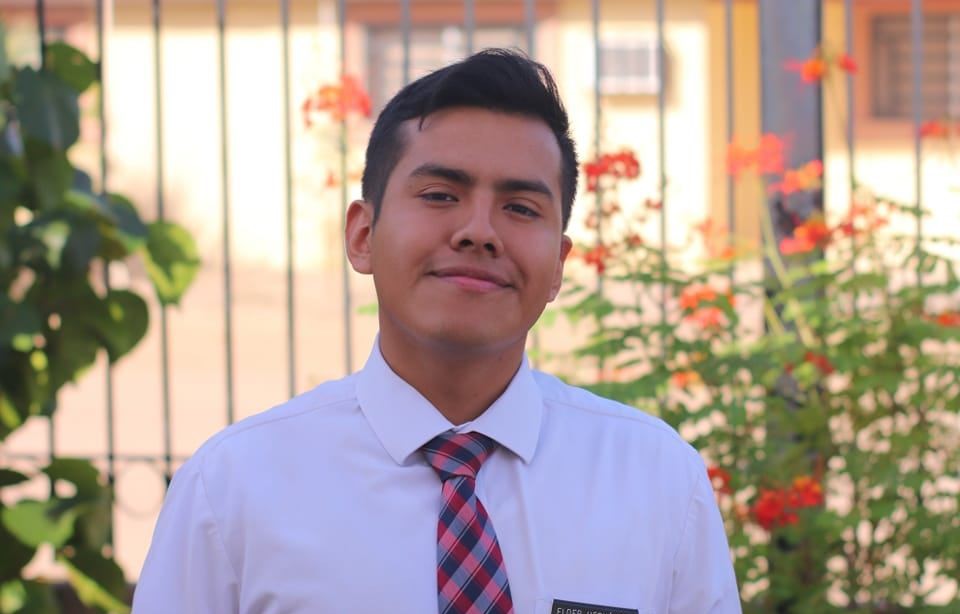What it does
Enhances communication between deaf individuals who use Mexican Sign Language and those who do not know it. This economical and educational device promotes inclusion and the learning of LSM, improving interaction in both public and private settings.
Your inspiration
I travel daily by public transport to Mexico City and always encounter people with hearing or speech disabilities (deaf-mute). I have witnessed their frustration when trying to communicate, and although I tried to help, I couldn't because I didn't know sign language. From this experience, the idea of creating a device that translates the signs used by these people was born, allowing everyone to understand them and facilitating their communication.
How it works
The glove has five sensors at the fingertips capable of accurately detecting the position and pressure of each one. This data is sent to a control board located on the forearm, which packages the information and transmits it via Bluetooth to any other device. This second device consists of an LED screen along with a control board that, through an algorithm, decodes the data and converts it into letters displayed on the screen. By packaging and sending the information via Bluetooth, the glove can be used with other devices such as smartphones and smartwatches.
Design process
The main challenge was developing a method to read finger positions. I opted for a 3D-printed exoskeleton with five potentiometers that mechanically connect the fingers. Once the system worked, I programmed the control board (Arduino Nano) and implemented filters to reduce signal noise. Then, I packaged the information and sent it via radiofrequency to improve speed and range. I designed another device with an Arduino Nano, an LED screen, and a radiofrequency module to receive and decode the information, displaying the letters on the screen. This process took a month and it was difficult to gather funds for materials (PLA, boards, PCB, modules). Since the potentiometers were not very accurate, I decided to use more advanced sensors in a flexible structure. I incorporated sensors that read the position in the X, Y, and Z axes, placing one on each finger inside a fabric glove, improving accuracy. I used an ESP32 as the control board, LEDs for signaling, and components for filters. The control board was programmed to read data via I2C, sending it via Bluetooth. The receiving device, also with an ESP32, used an algorithm to decode and display letters on the LED screen. A dataset was created with the help of people.
How it is different
The glove stands out from other prototypes due to its precision and functionality. Unlike homemade models that use flexible resistors and only offer one degree of freedom per finger, our design incorporates advanced sensors that allow multiple axes of movement, ensuring a more precise capture of signs. It is also faster and more comfortable and connects to any Bluetooth device, enhancing its versatility. Additionally, we use economical and comfortable materials, making it more accessible. Finally, the ability to create datasets for different languages gives it significant international potential, promoting inclusion in diverse communities.
Future plans
Short Term: In the coming months, artificial intelligence will be implemented to improve the glove's accuracy. Current components will be replaced with 3D-printed sensor housings, providing greater comfort and precision. Medium Term: Mobile and web applications will be developed, along with an API for artificial intelligence models, offering users greater flexibility. Long Term: Within the next year, a new algorithm will be integrated to enable the formation of complete sentences, increasing the prototype's efficiency and facilitating smoother communication. Obviously, this will require a new dataset and a new neural network.
Awards
My project took place in the "Líderes del Mañana" program to earn a 100% scholarship to study at Tecnológico de Monterrey, the most prestigious private university in Mexico.



Connect